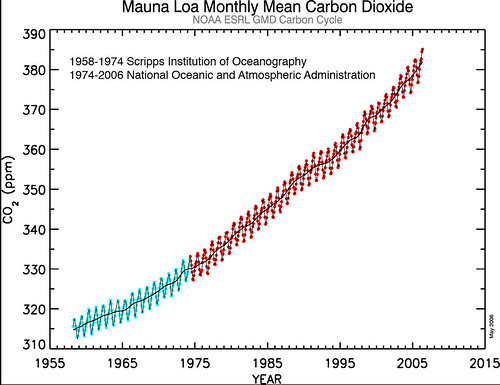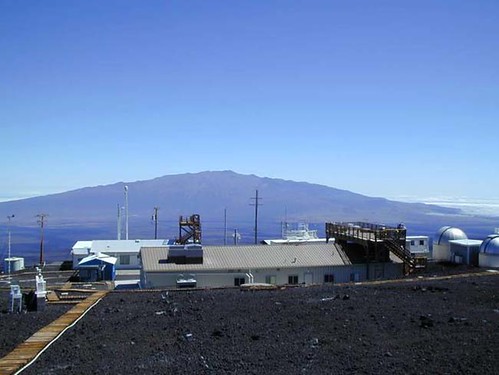Blog Widow John has a hard time watching any nature shows. We go “awwww” for the first 45 minutes at cute furry, feathery, scaly critters. Then they bring you down with “But time is running out …”
I hope he doesn’t read this.
Gland, Switzerland, 12 September, 2007, World Conservation Union (IUCN) – Life on Earth is disappearing fast and will continue to do so unless urgent action is taken, according to the 2007 IUCN Red List of Threatened Species.
– IUCN Press Release, September 12: Extinction Crisis Escalates
One in four mammals, one in eight birds, one third of all amphibians and 70% of the world’s assessed plants on the 2007 IUCN Red List are in jeopardy.
There are now 41,415 species on the IUCN Red List and 16,306 of them are threatened with extinction, up from 16,118 last year. The total number of extinct species has reached 785 and a further 65 are only found in captivity or in cultivation.
o The number of threatened species is increasing across almost all the major taxonomic groups.
o Most threatened birds, mammals and amphibians are located on the tropical continents – the regions that contain the tropical broadleaf forests which are believed to harbour the majority of the Earth’s terrestrial and freshwater species.
o Of the countries assessed, Australia, Brazil, China and Mexico hold particularly large numbers of threatened species.
o Estimates vary greatly, but current extinction rates are at least 100-1,000 times higher than natural background rates.
o The vast majority of extinctions since 1500 AD have occurred on oceanic islands, but over the last 20 years, continental extinctions have become as common as island extinctions.
There are now 12,043 plants on the IUCN Red List, with 8,447 listed as threatened. The Woolly-stalked Begonia (Begonia eiromischa) is the only species to have been declared extinct this year. This Malaysian herb is only known from collections made in 1886 and 1898 on Penang Island. Extensive searches of nearby forests have failed to reveal any specimens in the last 100 years.
The Wild Apricot (Armeniaca vulgaris), from central Asia, has been assessed and added to the IUCN Red List for the first time, classified as Endangered. The species is a direct ancestor of plants that are widely cultivated in many countries around the world, but its population is dwindling as it loses habitat to tourist developments and is exploited for wood, food and genetic material.
Links:
IUCN 2007 Red List Home Page
Fact Sheet



